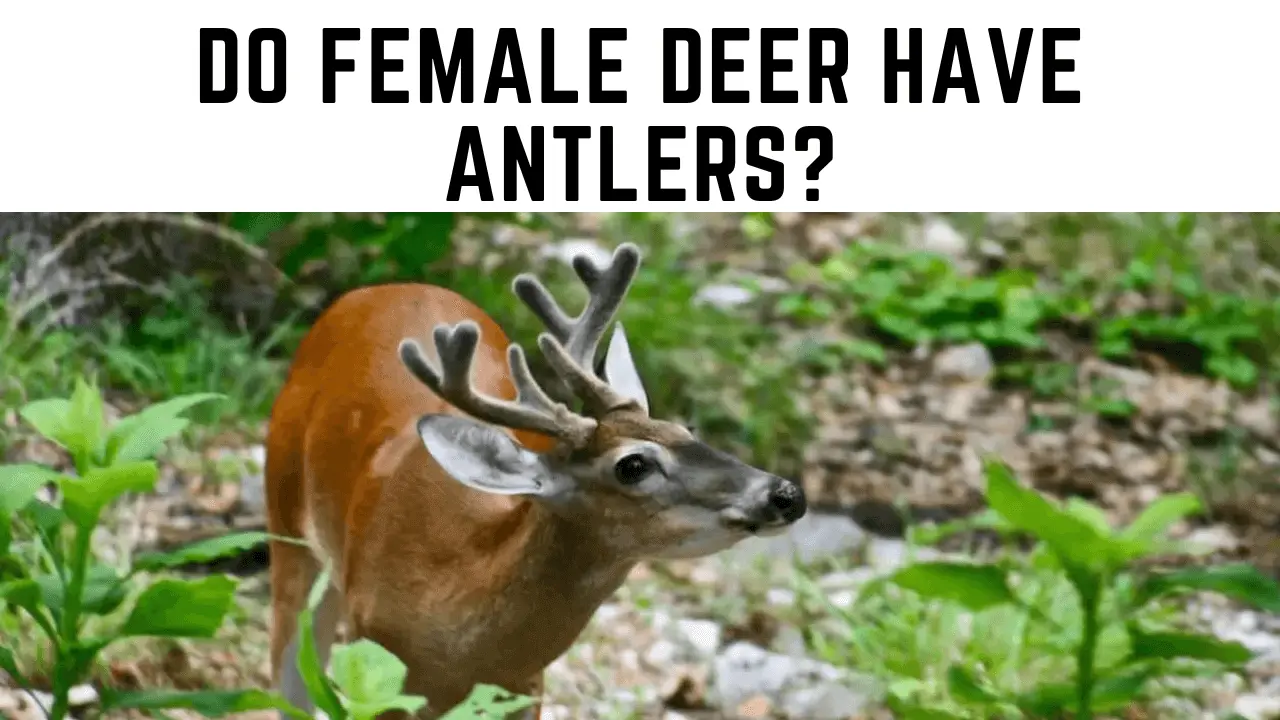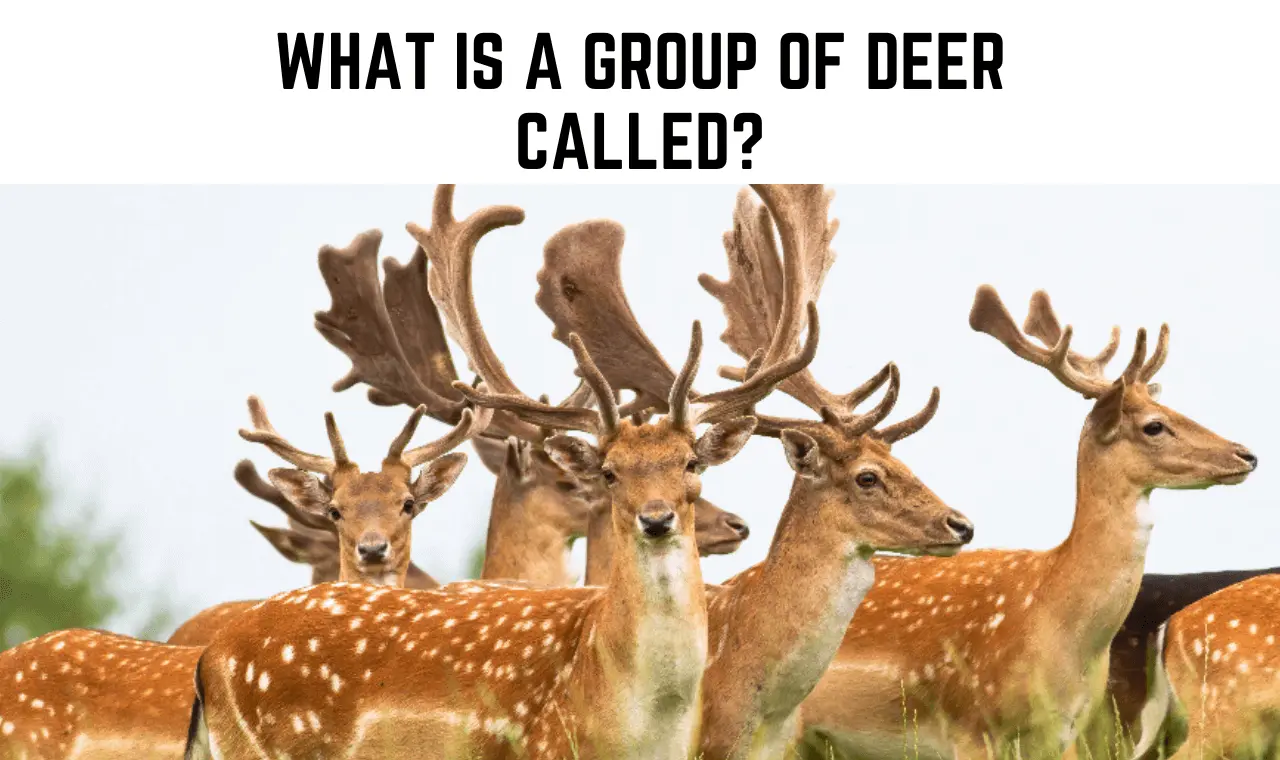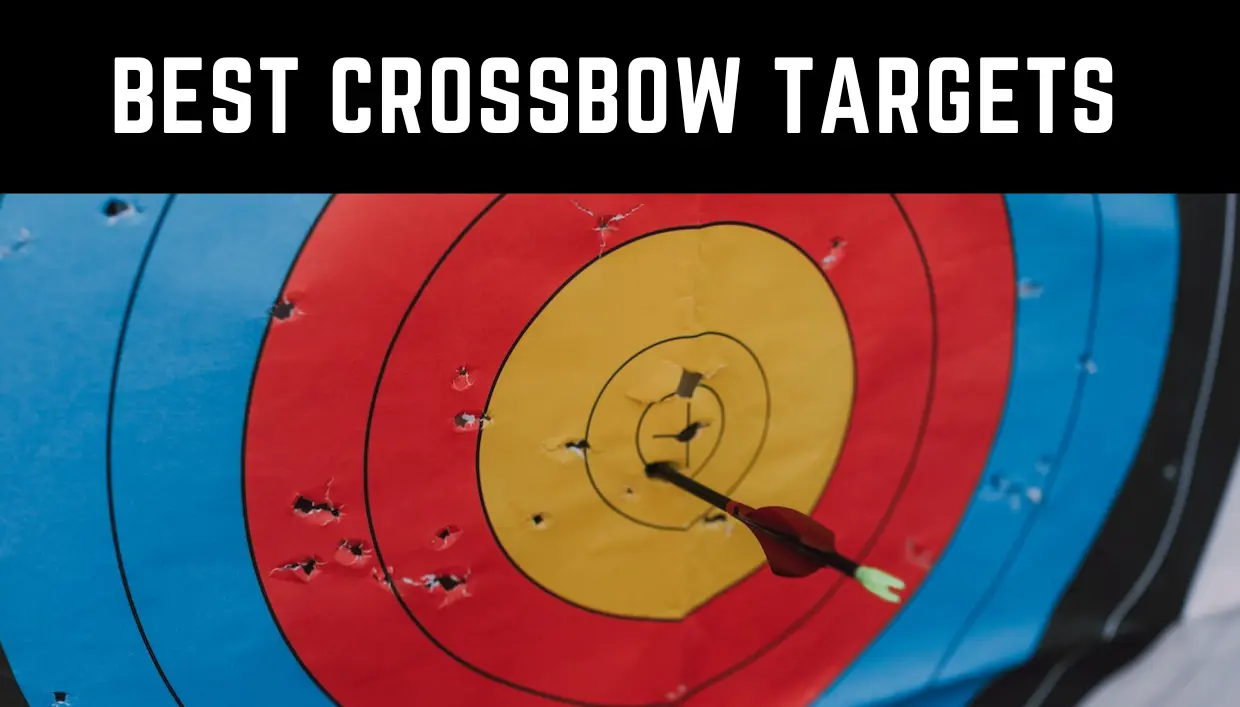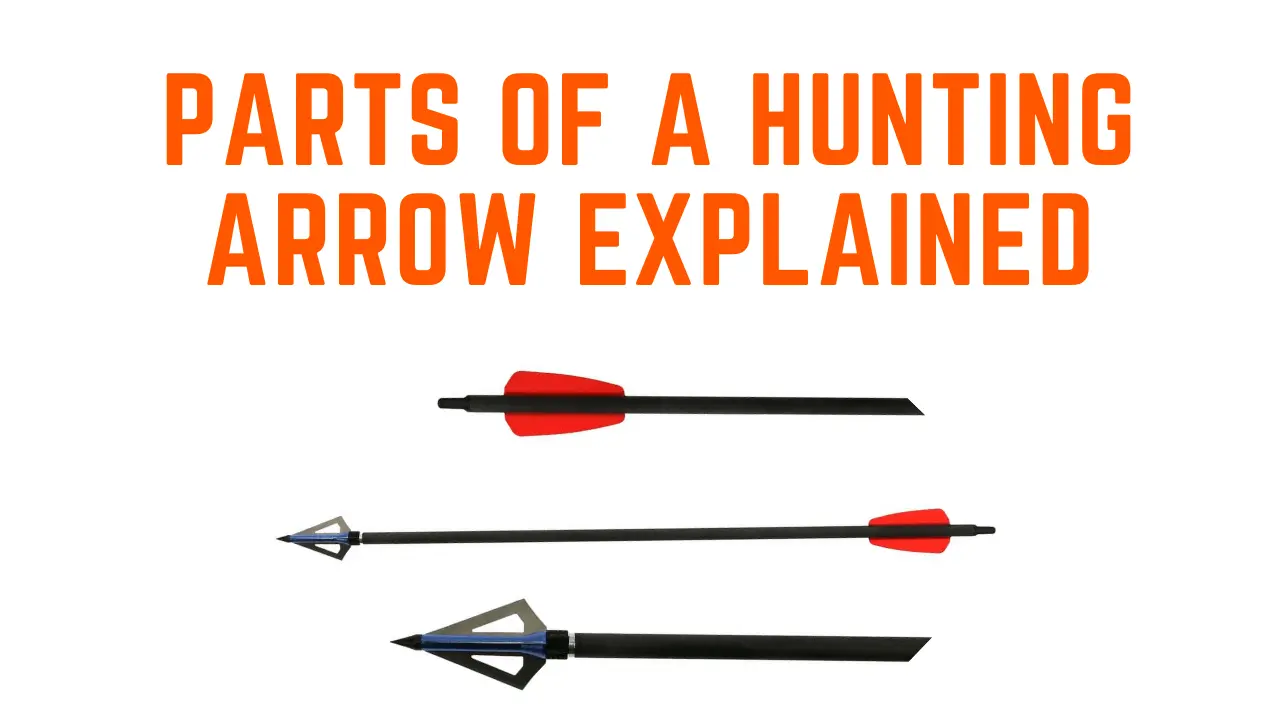Do All Deer Have Antlers, Including the Female Ones?
It is not uncommon for people to wonder whether all deer have antlers because one can find both kinds of deer in the wild, those with and those without antlers. We have the answer to your question if you’re wondering why.
We will put the answer straight, not all deer have antlers. Keep in mind that the sex of a deer is essential in determining whether or not it has antlers. Adult males grow antlers in most deer species, but females and young ones do not. This rule is not without exceptions. The most notable is the Reindeer, also known as caribou. Females, or cows, in this species also have antlers.
Discover more interesting biological information about deer antlers as you continue reading.
What Deer Species Have Antlers?
Deer belong to the family Cervidae. Cervidae is the scientific name for the family of hoofed mammals. Antlers are one of their distinguishing characteristics; almost all of the family’s males, known as bucks or bulls, have them.
There are 53 living deer species on every continent except Antarctica and Australia. However, the following are the most well-known and frequently hunted species, all of which have some degree of antler growth:
Do Female Deer Have Antlers?
In 52 of the 53 species of deer living today, only the male deer bear antlers, whereas the females do not.
Reindeer or the caribou is the only exception and is the only living deer species with females with antlers. Besides this peculiar trait, the Reindeer has one of the most impressive antlers among the deer species.
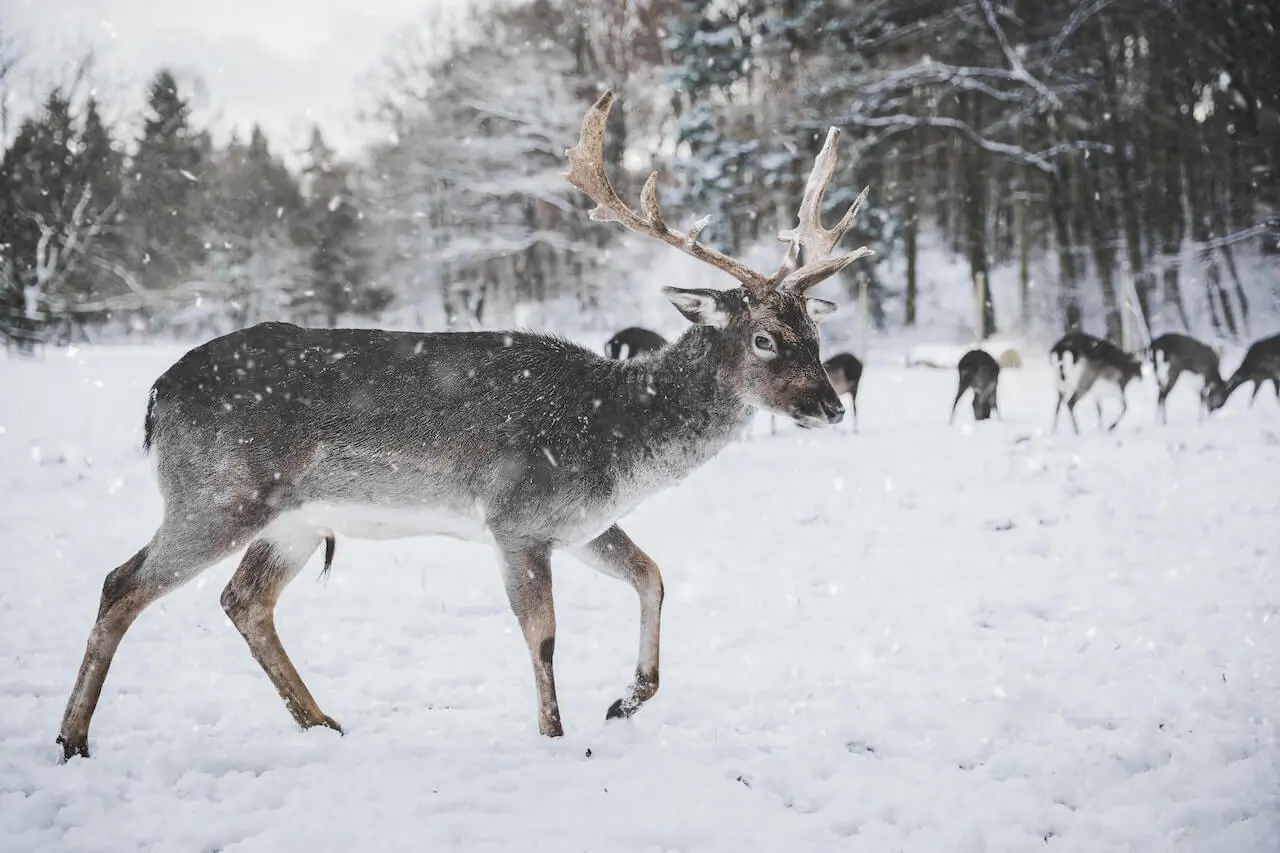
The main difference between the antlers of males and females of the Reindeers is their growing and shedding season. While both the male and females shed antlers like other species, the two genders do so differently.
Antler Shedding Pattern of Reindeer
Male Reindeer or bulls begin growing antlers in February. This is in preparation for the mating season, or rut, which starts at the end of September and lasts until October. They shed their antlers at the start of November.
Female Reindeer or cows, on the other hand, begin to grow their antlers in May and keep them all winter until their calves are born.
The fact that female Reindeer have antlers is not merely coincident but has some logic behind it. It is because they inhabit the harsh tundra environment of northern Eurasia and North America that female antlers grow and are kept longer than male antlers.
In other areas, male members of different species of deer are responsible for most of the fighting and procuring of food. However, Reindeer adapt to their harsh environment, and even the cows have to compete for scarce resources such as tiny patches of grass that poke through the snow in the winter.
Females retain their antlers until spring because food is important during the winter pregnancy. The Reindeer cows that can fight off competitors actually end up with more food and give birth to healthier offspring with a higher chance of survival. They can also protect their territory from other females using their antlers.
Can female Reindeer not have antlers?
Yes. It is not a rule that the Reindeer females will always have antlers. Growing antlers takes up a lot of energy, and like other deer, they can’t grow antlers if they lack nutrition. So, it’s possible to come across a female Reindeer without antlers, which is nothing unusual.
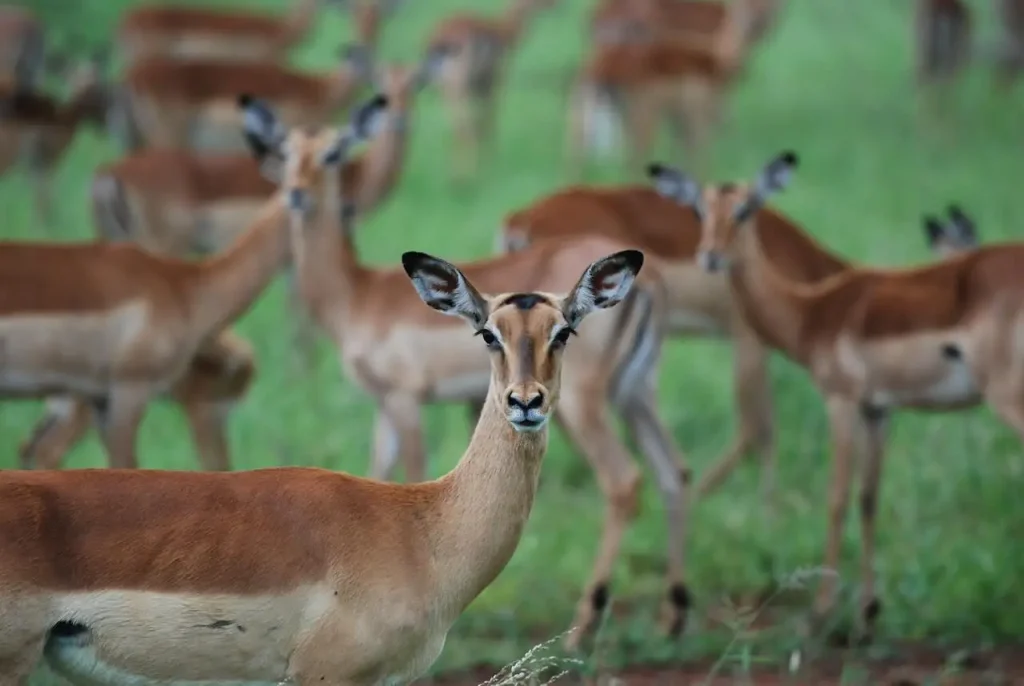
Hermaphrodite or Pseudohermaphrodite Deer
Another fascinating reason a female deer might have antlers, if it is not a Reindeer, is that it is probably a hermaphrodite or a pseudohermaphrodite. This simply means that they possess a genetic irregularity that results in having both male and female sex organs.
Pseudohermaphrodites are those organisms with matching chromosomes and ovary or testis tissue but mismatching external genitalia. It has two types. A female pseudohermaphrodite means a deer with ovaries and testicles, while a male pseudohermaphrodite means a deer with antlers but the external genitalia of a female deer.
Hermaphrodite deer can possibly be males with reproductive anomalies, females, or even part females. So if you’re wondering, during hunting, why a deer have antlers but looks like a female, then you might just be deceived by the appearance.
Do Male Deer Always Have Antlers?
Male deer of all species have antlers but not all year round. Moreover, bear in mind that they only have antlers during the mating season. Therefore while you may wonder if you’ve spotted a male or female deer, it is important to remember the antler growth cycle for both sexes.
Since the males have antlers for a shorter period than females, you might easily mistake the two.
This cycle corresponds to the deer’s mating season, varying from specie to specie. Whitetail deer, for example, breed from the middle of October to the end of November. Beginning in late March, the bucks start to grow their antlers in preparation for this time. They typically shed their antlers shortly after the rut in January, though younger males and deer in warmer climates may wait until March.
Why Do Deer Grow Antlers?
Male deer antler growth is actually dependent on their testosterone hormone cycles. An increase in testosterone causes the antlers to develop. This peaks during the rut and causes the males’ aggression and territoriality. After the rut, testosterone levels begin to fall, and the deer’s body loses its antlers.
Sunlight indirectly regulates the growth of antlers as it affects testosterone levels. When the days start to get shorter at the end of the summer, a male deer’s body begins to increase testosterone in preparation for the season.
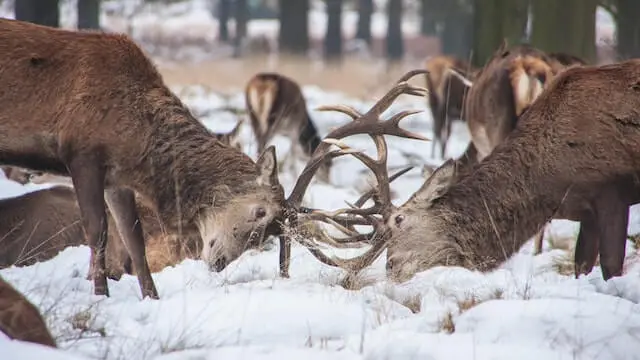
Testosterone levels fall when the days begin to lengthen again after the winter season, and he loses his antlers.
Males can fight off rivals and mate with females during the rut. Dominant males establish extensive territories, mate with all the females in the vicinity, and fight any males attempting to invade their territory.
The male deer grows antlers when the female deer is ready to bear offspring (mainly if the food supply is plentiful for a healthy offspring). The horns are also attractive to the females because they symbolize a male’s dominance. Mature bucks typically have more prominent antlers indicating their health and power.
Hunting Antlered Deer
In America, most states and municipalities do not distinguish between tags such as male, female, buck, or doe. They actually follow the rule of two, categorizing the deer as antlerless or antlered. This is because of many variations in the growing seasons and genetics, which determine the antler growth in which a female deer may have antlers.
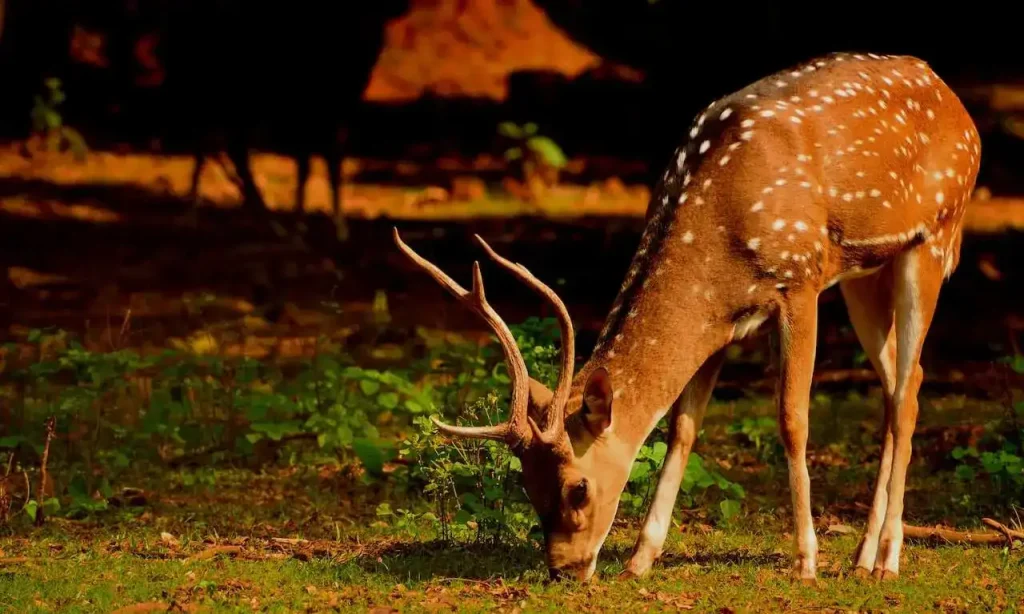
Because of this, during the hunting season, you should always follow whatever the local legal regulations are and should not rely on assumptions. Making assumptions is easy as many hunters may see a buck, mistake it for a doe with high testosterone, and try to hunt it.
But that cannot always be the case. So to be safe, following the rules and getting a legal kill is good. Remember that the law requires antlers regardless of gender.
Conclusion on Female Deers with Antlers
Male species of deer have antlers during the rut, while female species of all deer do not possess antlers except the Reindeer. Female Reindeer keep antlers to sustain themselves and their offspring during the harsh tundra winter season.
Male antlers symbolize power, health, and dominance, and their growth is dependent on hormones. When you’re out hunting, remember that many variations to the rule exist, and apparently, female deer may also have antlers. But the best practice to stick to is not to hunt antlerless deer.

